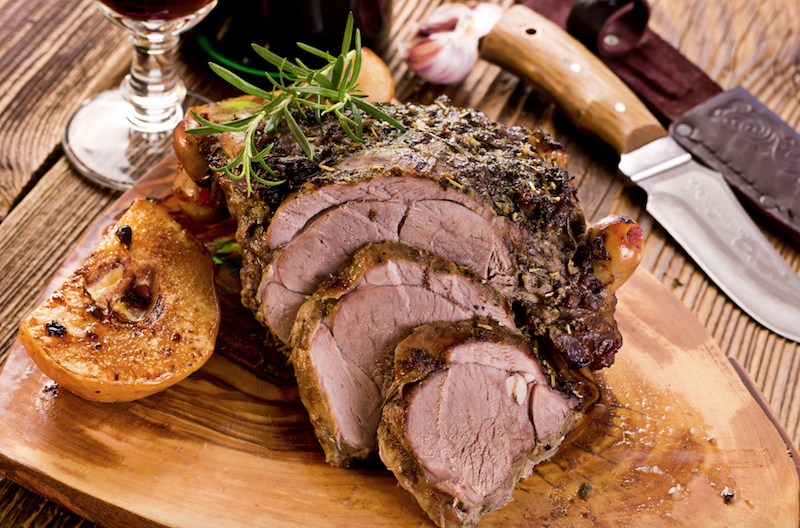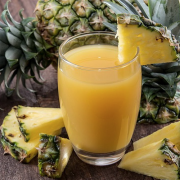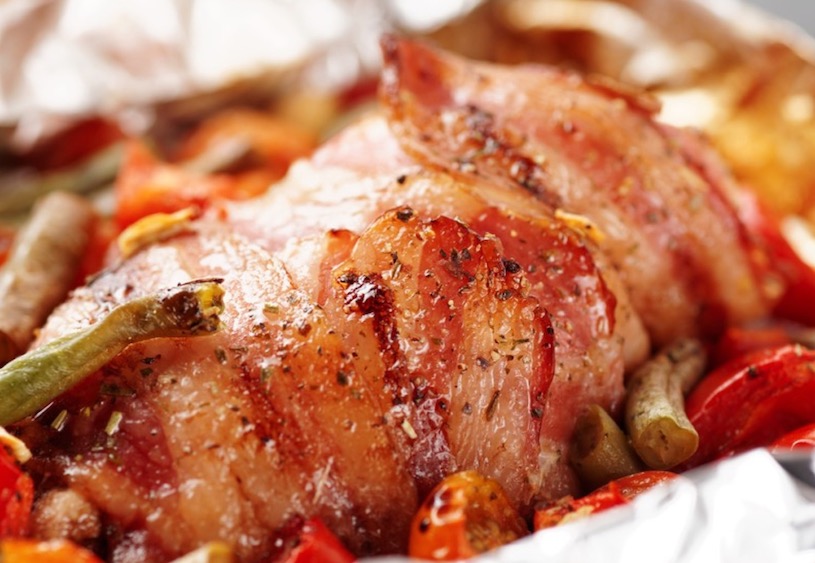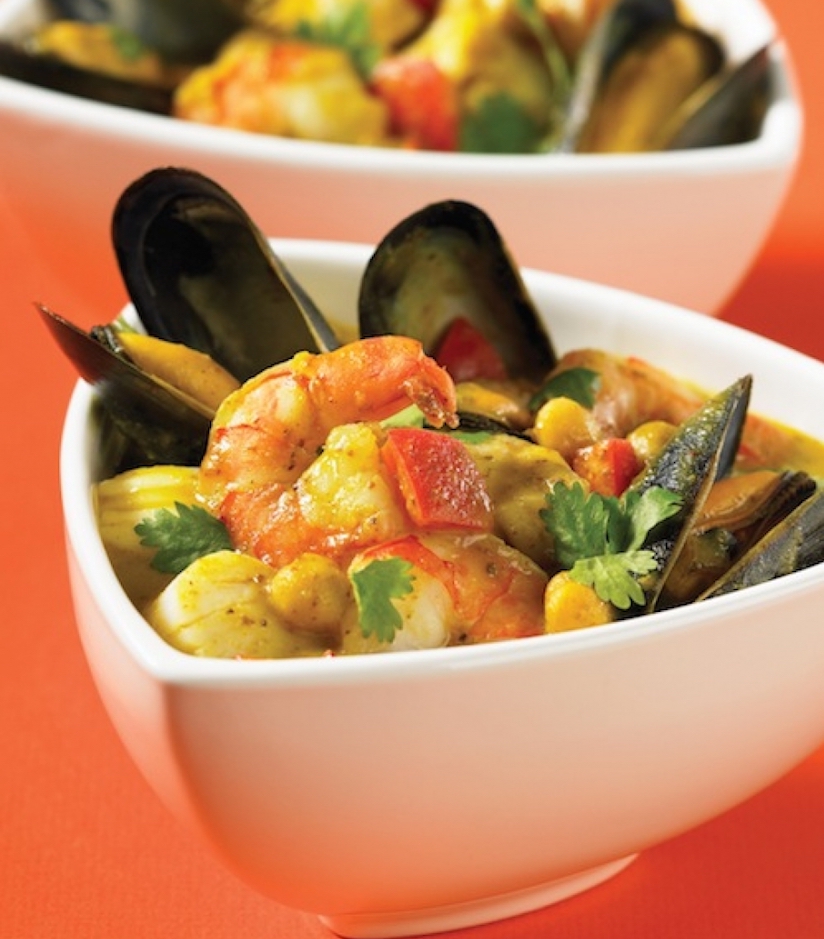There’s absolutely no denying that healthy foods give kids the energy they need to function day-to-day. Good foods also supply all the micronutrients (vitamins and minerals) needed for their bodies and minds to develop and mature. When it comes to promoting healthy eating habits among children, certain foods definitely need to be readily available in the house for quick and easy to prepare meals and snacks.
These include foods rich in high-quality carbohydrates, healthy fats, and protein.
Carbohydrates like vegetables, fruit and whole grains are rich in dietary fiber and key antioxidants that boost immunity and support overall good health. Fats supply kid’s with much need energy and promote absorption of fat-soluble vitamins (A, D, E, and K). And, finally protein supports strong bones, muscles and joints and is especially important for children since it’s all too often under consumed.
Now, collectively, foods housing these essential macronutrients allow for endless combinations of nutrient-rich meals and snacks. Since parents are more likely to prepare well-balanced dinners, I’ll only focus on healthy breakfast and lunch options, many of which children can generally prepare for themselves.
When it comes to breakfast, carbohydrates, fats and protein can easily be combined.
For instance, children can eat whole grain breakfast cereals with fresh fruit like banana, berries and apple along with cow’s milk, soy milk or other protein-enhanced plant-based milks. Children can also enjoy whole grain foods with fat-rich nut butters and fresh fruit.
Yogurt is another great option for a quick and healthy breakfast. However, I recommend strained (Greek-style) yogurts, as these are relatively low in sugar and generally higher in protein. For enhanced flavor and texture, yogurt can easily be paired with either fresh fruit or natural granola.
For children old enough to use a stove, boiled or scrambled eggs can be prepared with extra-virgin olive oil and combined with fresh fruit and whole grain cereals like oatmeal or sugar-free cold cereals for a complete breakfast.
Lunch is another great opportunity for children to experiment with different macronutrients in a healthy way.
Related Article: Simple Tips for Packing a Healthy Lunch Your Kids Will Eat
For example, sandwiches can be prepared with whole grain breads, whole grain wraps or even lettuce wraps with canned/cooked fish or poultry (tuna, salmon, and chicken breast), avocado, nut butters or hummus.
Vegetables and fresh fruit can also be included in sandwiches or eaten on the side for a complete meal. Some good options include romaine lettuce, spinach, tomato, baby carrots, celery sticks, broccoli florets, a small banana, apple wedges, orange wedges or clementines, and grapes.
Nuts (almonds, walnuts, and cashews) and seeds (pumpkin and sunflower seeds) also make good choices for lunch side items for lunches and they’re all incredibly rich in good fats and other valuable nutrients.
Related Article: 10 Superfoods That Make Healthy Snacks for Kids
As for snacks, children can choose from some of the many vegetables and fruits I’ve already mentioned like apple wedges, orange wedges or clementine’s, grapes, a small banana, celery sticks, baby carrots, cherry tomatoes, and broccoli florets.
And when it comes to snacks comprised of whole grain foods, kids should generally consume only those made from 100% whole grains like whole wheat/whole rye breads, whole grain crackers, and plain popcorn. Nuts and seeds also make great snack options for children and they’re surprisingly filling as well.
Related Article: Good Fats Versus Bad Fats: What You Need to Know About Dietary Fat
For added protein and more fat, children can try different dipping options for their fruit and vegetable-based snacks including nut butters, yogurt, hummus, and full-fat salad dressings like ranch and blue cheese. Some of these dipping options also pair well with whole grain breads and crackers.
And last, but certainly not least, sufficient intake of water throughout the day is extremely important. Young children should drink at least 32 ounces (4 cups) of water daily with meals and snacks while older children should shoot for about 8 cups.
At the end of the day, implementing healthy eating habits into the lifestyles of children is a sure way to get them on a path to healthy lives.
But, it doesn’t stop there!
It’s also important for children to get adequate amounts of daily physical activity for proper growth and development. Physical activity also reduces the risk of obesity and chronic health conditions during childhood (and adulthood).
Related Article: Tips for Implementing Physical Activity Into a Child’s Lifestyle







